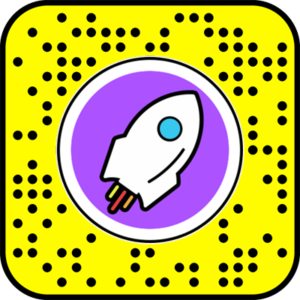ArKit Object Persistence under the hood
Update: Since I wrote this extended tracking was added in Vuforia 7.2 and ARWorldMap was introduced in ARKit 2.0. While there may still be some viable use cases for registering AR with OpenCV markers those are likely better solutions for localized or persistent AR. I have also posted an example of the same technique in 100% native iOS code using ArUco.
With Apple’s iOS 11 release of ARKit and Google’s preview release of ARCore, it’s become much easier for developers to ship AR apps that don’t require printed markers. This has made free-movement world-scale AR possible on many current mobile devices and has led to a rise in impressive and useful new AR apps in the app store. When building my own AR apps there is one issue that I kept coming up against – Not only did I want to anchor an object to the real world but I wanted to register it to that space in such a way that I could persist object positioning on another device or at a later point in time. If I wanted to build a real-time multiplayer AR game that shares the same space with another device or need to give my users the ability load-in a previous furniture arrangement in a room designer app – well, this is problematic because ARKit’s SLAM tracking is not registered to real-world space.
